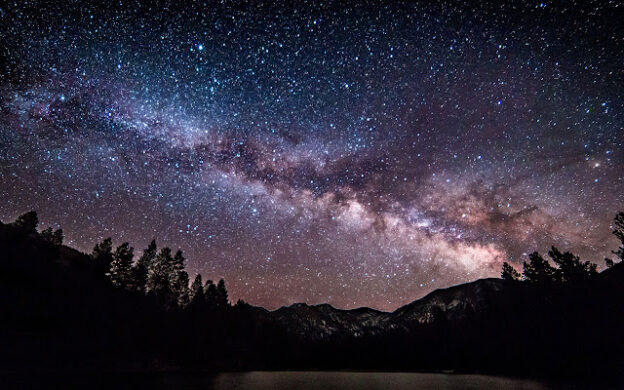It’s commonly, but erroneously, assumed that the symbol commonly used for the medical profession, a snake, or a pair of them, wrapped upon a pole, is meant as a depiction of the nachash hanechoshes that Moshe Rabbeinu fashioned, as per Hashem’s command. The Jewish people were to gaze upon it and be cured of the plague of poisonous snakes they were facing.
But the symbol used today comes to us from Greek mythology, associated with the imagined divinities, a depiction of the “Rod of Asclepius” (or, when there is a pair of reptiles, the caduceus).
How a staff and snake (or snakes) came to be associated with those Hellenistic “gods” is anyone’s guess. But it is certainly possible that the Torah’s narrative about the nachash hanechoshes found its way into ancient cultures, which may have repurposed the image for inclusion in their own idolatrous belief systems.
But that the symbols have come to represent the power of medicine is fascinating. Because the original staff and snake, although it was intended to focus our ancestors’ attention on the dangers of the desert and how Hashem had been protecting them (see Rav Hirsch), was kept over generations by the Jews and eventually came to be an object of worship. The melech Chizkiya put an end to that by deriding it as nechushtan (“the snakey thing”) and grinding it to copper dust (Melachim Beis, 18:4).
The medical profession itself has followed a similar trajectory.
It has enjoyed the public’s reverence since the time of Hippocrates and Galen. Even when the reigning medical theory revolved around the “four humors” or when lobotomies and trepanning were considered normative treatments for mental illness.
Medicine has come a long way since then. But even today, it is considered legitimate medical practice to abort healthy fetuses for any (or no) reason and to help people end their lives.
Medical knowledge is a blessing. As are doctors who employ it without hubris. But medical professionals who see themselves as gods (tov shebirof’im…) are self-made idols. And those who revere them as such mistake the messenger for the true Rofei cholim.
No modern-day Chizkiya has yet appeared. But the contemporary snake and staff deserve the treatment the ancient one received.
© 2023 Rabbi Avi Shafran









